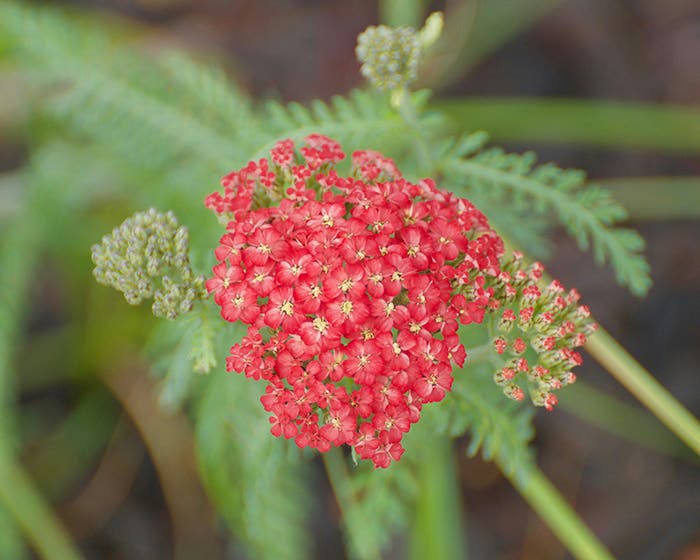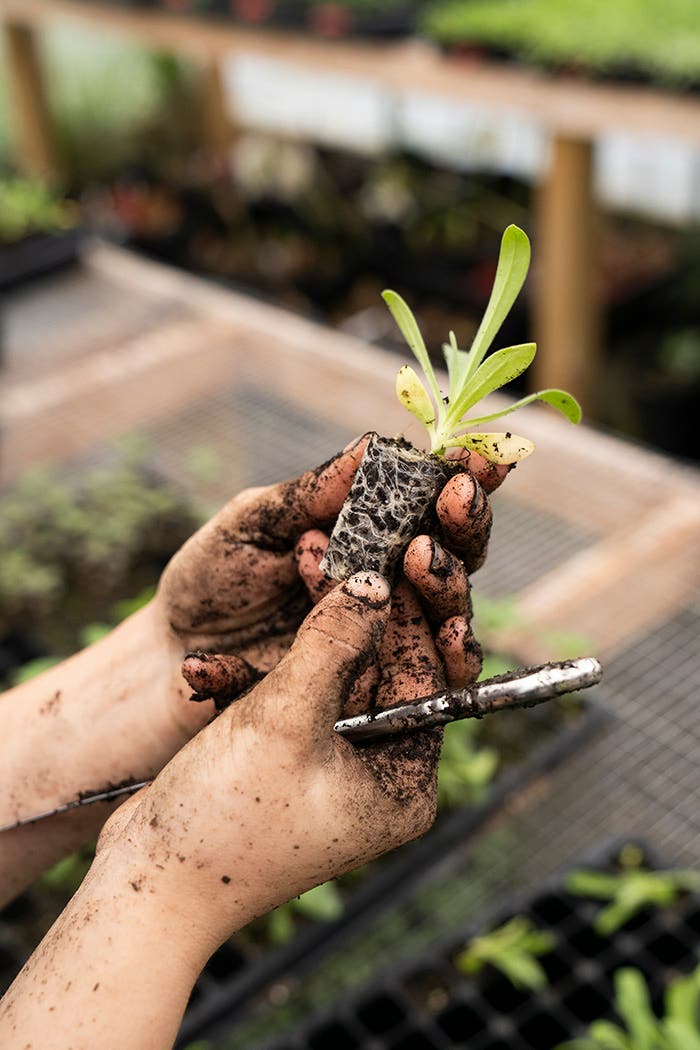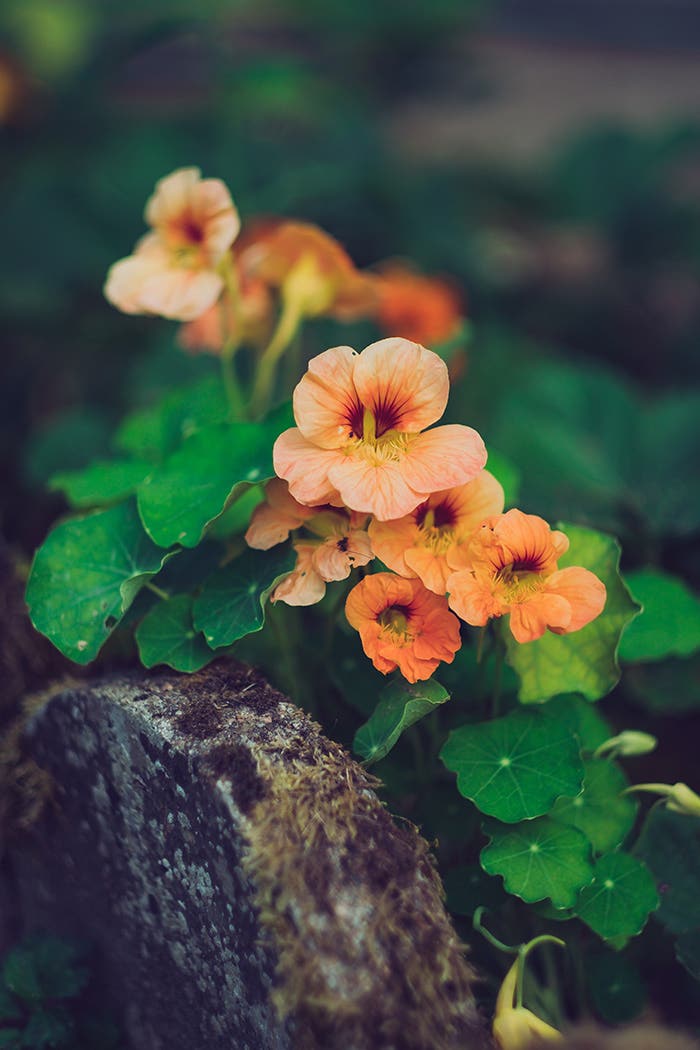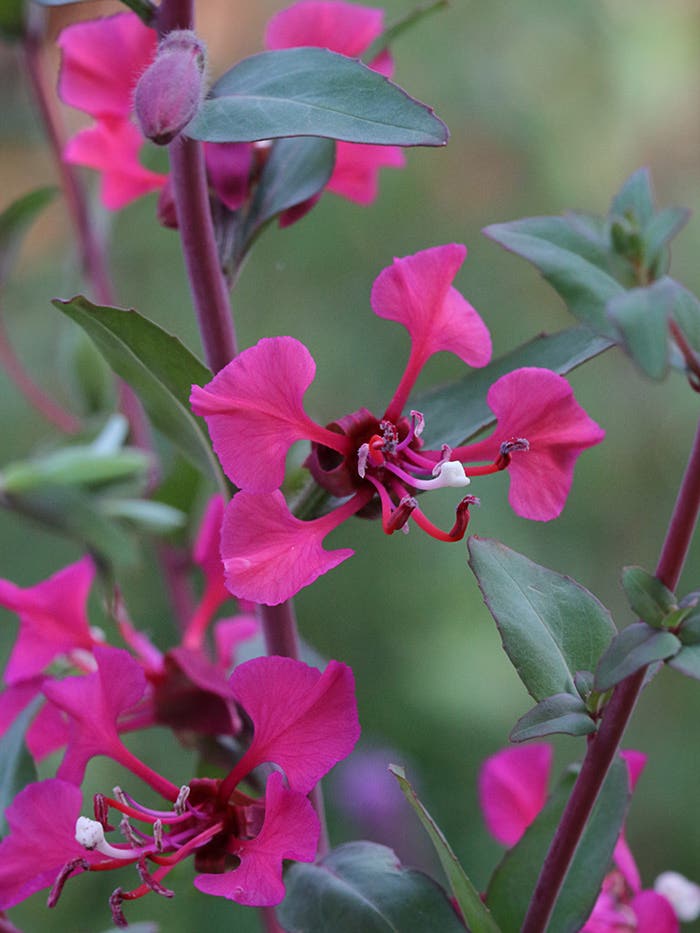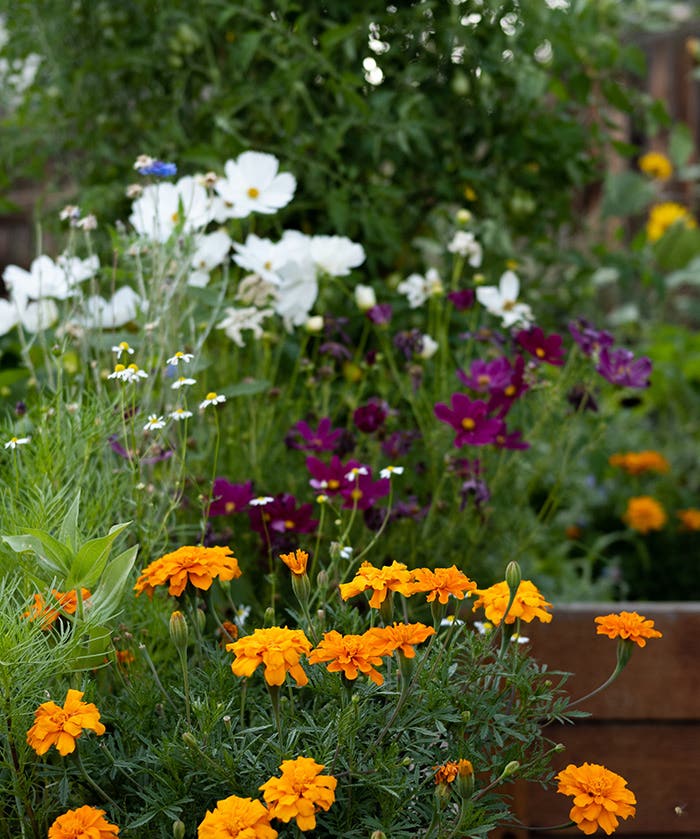Timing When to Start Seeds
What do I do if I have a seed packet that doesn’t say when I should start the seeds indoors? Answer: Starting seeds indoors is a great way to get…
What do I do if I have a seed packet that doesn’t say when I should start the seeds indoors?
Answer: Starting seeds indoors is a great way to get a jump-start in your garden. Not only is the process cost effective, but also it is a rewarding experience where you are involved, every step of the way, in your plant’s success and growth. When it comes to finding the best time to start your seeds, every plant is different. However, there are some general steps you can take to get your seeds off to a good, healthy start.
The first step is to decide when you want to transfer your seedlings outdoors. Typically, this should be in the late spring, so you should allow your seeds enough time to sprout and strengthen before the transfer. A general time frame is to start your seeds six to eight weeks before your last frost—keeping in mind how long it takes to germinate. You also want to remember to factor in one to two weeks before transferring, for the process of hardening off your seedlings—getting them accustomed to the outdoor conditions. If you are still worried about starting your seeds too soon, I suggest asking your local nursery to help you figure out a good time frame depending on what type of plants you want to start and your local climate.
Once you know when to start your seeds, here are a couple quick steps you can take to help your seeds thrive: choosing containers, soil, lighting and temperature and watering.
When choosing the right containers, you want to make sure they are sanitized and have good drainage holes, to allow extra moisture to drain. You can even make your own pots out of old food containers or cartons.
The soil needs to help in the seed-starting process. Because of this, you do not want normal potting mix or soil directly from your yard, unless you sterilize it. I suggest using a soil mixture designed for seed starting, just make sure it is sterile (it should say so on the label), to avoid any diseases or fungus that may kill or weaken your little seedlings.
Lighting and temperature conditions are very important. Your tiny seeds need warmth to germinate and a lot of lighting to strengthen after they sprout. Temperatures should be roughly 65 to 75 degrees F and the seedlings should have access to 12 to 16 hours of light a day, from natural light through a bright window or from artificial lighting on a plant stand. Again, this may vary depending on the type of plants being used.
When it comes to watering you want to make sure your soil is constantly moist. Be careful not to over water, to keep your seeds from becoming waterlogged. You also do not want to dry out the soil, thus you should check the moisture levels often. Because watering correctly is so important, containers with drainage holes are essential. You also could cover your seeds during germination with a light plastic, usually plastic wrap, to help retain the moisture of the soil. Remove it once they sprout.
Remember that these basic instructions may vary depending on your seeds specific needs. When you’re successful, the reward of thriving plants is truly remarkable. Good luck!
Image: Howcheng
______________________________________________________
Discover all the benefits from growing your plants from seed by downloading the Smart Gardening Online Workshop: It Starts with Seed.
Interested in the process of planting your own seeds? The Horticulture Smart Gardening Techniques: Seeds offers various insightful articles with step-by-step instructions for seed-related gardening techniques.
Do you want to become an expert seed starter or simply desire some advice on how to be more successful at starting plants from seeds? Download The Joy of Seeds for an assortment of articles sure to inspire the seed grower in you.
Grow a thriving garden started from seeds and save money while doing it with help from the Smart Gardening Value Pack: Starting from Seed.
Want easy to grow, vibrant flowers to add some flare to your garden? Check out the Fabulous & Unusual Annuals Collection, which includes these 5 vivacious seed packets: 'Marble Arch' salvia, bells of Ireland, 'Bergamo' bee balm, 'Pride of Gibraltar' cerinthe, and 'Pink & Purple' agrostemma.


